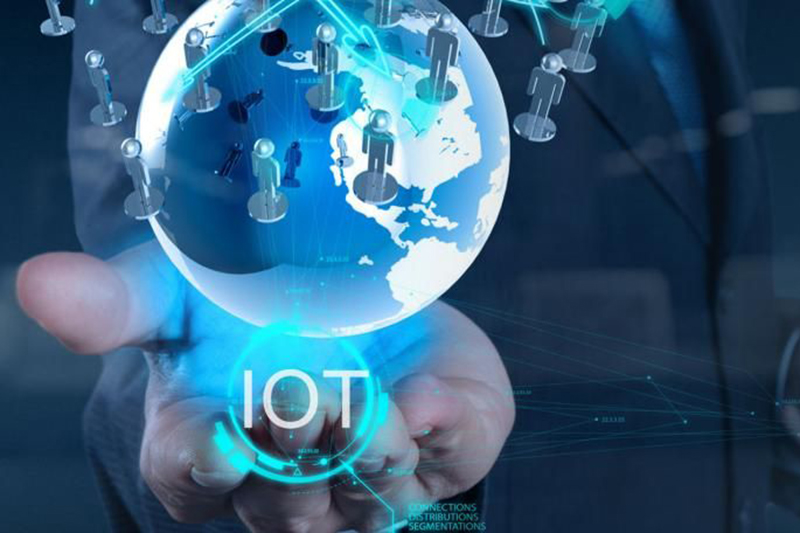0102
Future Trends of PCBA: Exploring Advancements in Flexible Electronics, 3D Integration, and Advanced Materials
2024-03-21 20:13:03
In the fast-paced world of electronics manufacturing, the evolution of Printed Circuit Board Assembly (PCBA) technology continues to push the boundaries of innovation. As we step into 2024, exciting developments are on the horizon, particularly in the realms of flexible electronics, 3D integration, and advanced materials. This blog explores the future trends of PCBA technology and the promising prospects in these areas.

1.Flexible Electronics:
Flexible electronics represent a paradigm shift in PCBA technology, offering unprecedented flexibility and adaptability. In 2024, we anticipate:
Flexible Substrates: Advancements in flexible substrate materials, such as polyimide and PET, enable the fabrication of bendable and stretchable PCBs, ideal for wearable devices, foldable smartphones, and IoT sensors.
Printed Electronics: Innovations in printing techniques, including inkjet and screen printing, facilitate the direct deposition of electronic components onto flexible substrates, paving the way for cost-effective and scalable manufacturing processes.
Applications in Healthcare and Wearables: Flexible electronics find extensive applications in healthcare monitoring devices, smart textiles, and conformal sensors, revolutionizing patient care and personal health tracking.
2.3D Integration:
The integration of electronic components in three dimensions heralds a new era of compactness and performance. The landscape of 3D integration includes:
Stacked Die Packaging: Advancements in stacked die packaging enable the vertical integration of multiple semiconductor dies, optimizing space utilization and enhancing performance in compact electronic devices.
Through-Silicon Vias (TSVs): TSV technology facilitates vertical interconnects between stacked dies, enabling high-bandwidth communication and reducing signal propagation delays, crucial for high-speed applications such as data centers and automotive electronics.
Heterogeneous Integration: Integration of diverse components, including MEMS sensors, RF modules, and power devices, within a single package enhances functionality and enables the development of multifunctional and miniaturized electronic systems.

3.Advanced Materials Application:
The utilization of advanced materials holds immense potential for enhancing PCBA performance and functionality. we envision:
Wide Bandgap Semiconductors: Adoption of wide bandgap materials like silicon carbide (SiC) and gallium nitride (GaN) in power electronics improves energy efficiency and enables higher operating temperatures, critical for electric vehicles, renewable energy systems, and power supplies.
Conductive Polymers and Nanomaterials: Integration of conductive polymers and nanomaterials enhances conductivity and thermal dissipation properties in PCB substrates and interconnects, enabling miniaturization and performance optimization.
Bio-Based and Recyclable Materials: Growing emphasis on sustainability drives the adoption of bio-based and recyclable materials in PCBA manufacturing, promoting environmental stewardship and circular economy principles.

In conclusion, the future of PCBA technology marked by a convergence of innovation in flexible electronics, 3D integration, and advanced materials application. As these trends continue to unfold, they promise to reshape the landscape of electronics manufacturing, ushering in a new era of versatility, performance, and sustainability.














